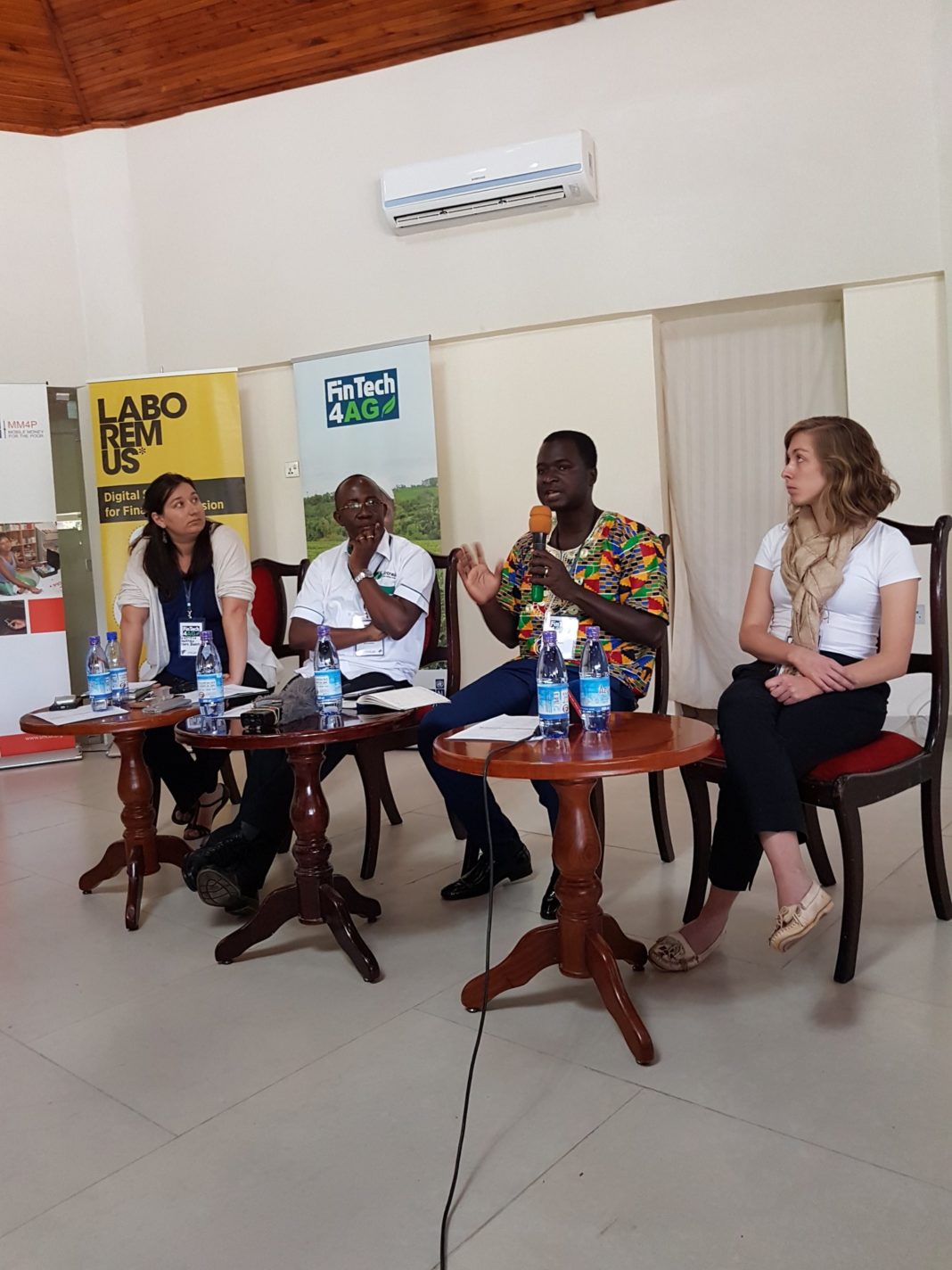Financial Service Providers [FSPs] will reach millions of smallholder farmers at low cost by leveraging alternative data, experts have noted.

Meeting at the 4th Fintech4AG at Fairway Hotel, Kampala, stakeholders from agriculture, finance and technology sectors discussed major trends at the intersection of agricultural finance and technology, and noted that smallholder families constitute the single largest client group by livelihood, living on less than US$2 a day.
They also noted that financial inclusion is constrained by the perceived risk of the agriculture sector and a lack of data that could help mitigate the risks associated with agriculture.
Without the information needed to identify high potential customers, financial institutions are unable to make lending decisions at scale, the experts argued at the four-day event where the ‘Smallholder Families Data Hub’ developed by CGAP was launched.
The initiative seeks to create synergies to extend financial services to farmers in Uganda many of which do not have access to credit, savings, money transfers and insurance today.
The CGAP data hub provides resources for stakeholders interested in developing financial products and services with a focus on smallholder farmers across several markets in Africa.
Nathan Were, the smallholder finance lead for Uganda, indicated that “this tool will help providers identify new opportunities to serve the large and diverse market in Uganda whose financial lives are often little understood”.
Were added: “Smallholder families make up one of the largest potential markets for financial services in many developing countries, but reliable data on their financial and agricultural lives are scarce. Through simple, interactive data visualizations, the CGAP Smallholder Families Data Hub puts at providers’ fingertips more than 300,000 data points from CGAP’s demand-side smallholder research, enabling them to look for promising business opportunities to develop products and serve these families”.
“This data show smallholder families in a new light and illuminate potential opportunities for providers to better serve their needs for financial solutions. For us at CGAP, they reinforce the diversity and importance of smallholder households to financial inclusion, highlighting the presence of young people, women, small- and medium-sized business owners and casual workers in this pivotal client group,” said Jamie Anderson, a senior financial sector specialist at CGAP who focuses on smallholder households.
It also provides a space for showcasing the newest technical innovations in the agriculture and finance space, such as WeFarm, TruTrade, Geo Gecko and FIT Insight Limited.
With over 100 participants, this regular event plays an important role in solidifying the importance of agricultural finance in Uganda, which will eventually play an important role in improving the livelihoods of millions of Ugandans living in rural areas.
One example is ‘Emata’, an innovative app developed by Laboremus Uganda in cooperation with UNCDF MM4P.
The app allows dairy cooperatives to improve their administration and transparency, but at the same time it collects valuable data on farmers that can be used to provide them with micro-credit as well as a number of other services.
This in turn benefits the cooperatives and the milk sector as a whole, since farmers have access to more capital to boost their productivity.
“Emata is unique in the sense that it provides much needed digitisation of cooperative records, but at the same time it gives milk farmers a credit history based on which further financial services can be provided,” said Timothy Musoke, Head of Technology at Laboremus.
“While we wait for the commercial banks to reach the remote rural areas, it is important to work through existing structures such as SACCOs and Cooperatives, and improve their management and organisation from the bottom up. Technology can make this possible,” he added.








https://bupwt.a-score-us-nerve-damage.fyi/ullu-porn/cheater-love-s01e01-2020-hindi-hot-web-series-bananaprime/ – HD 427 100% Cheater Love – S01E01 – 2020- Hindi Hot Web Series – BananaPrime